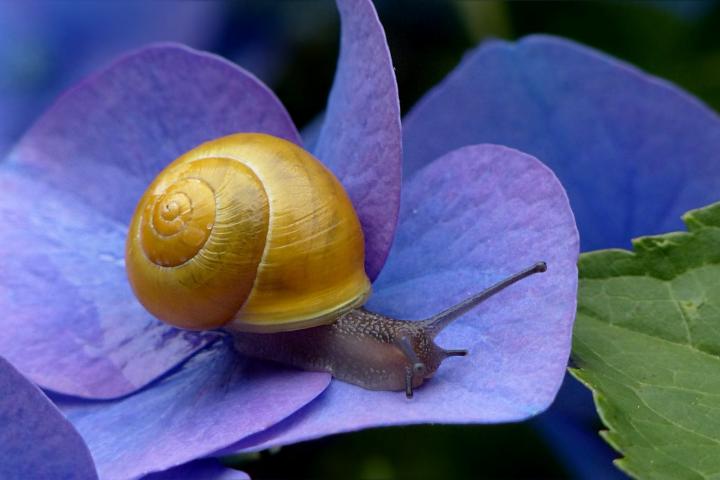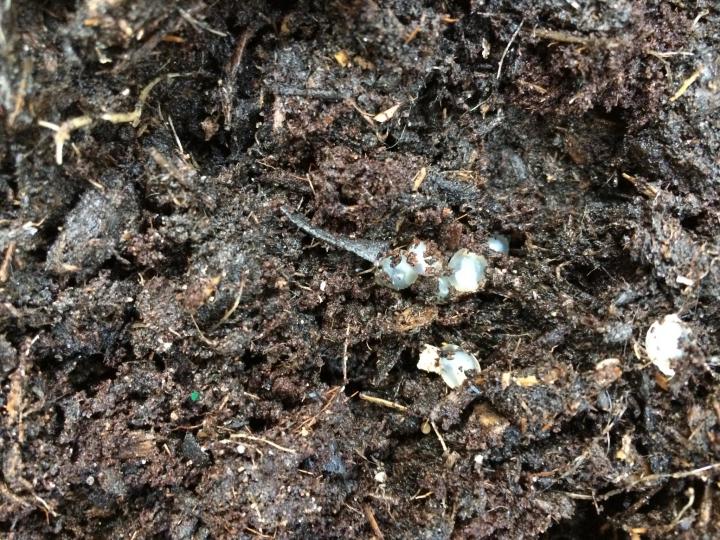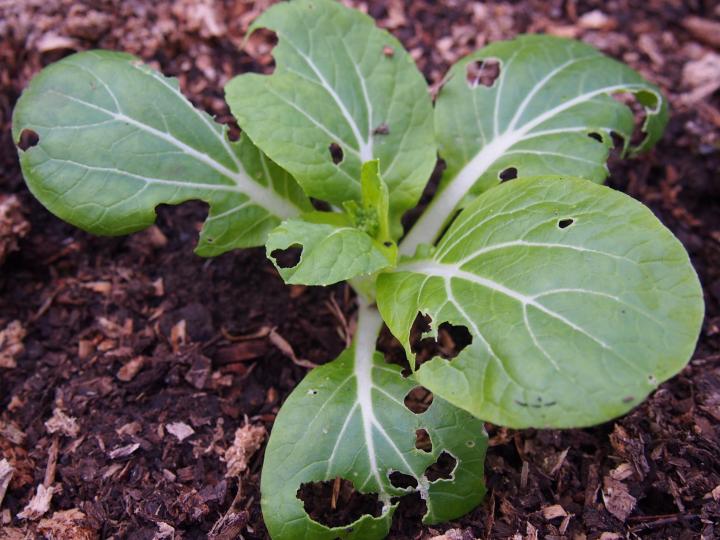
Slugs can be a major nuisance in your garden, so learn how to control them with this guide from The Old Farmer’s Almanac.
How to Get Rid of Slugs and Snails in the Garden
ADVERTISEMENT
Ducks love slings n snails.
Why don't more gardeners know about ammonia for slug control? It does not simply deter slugs or send them elsewhere; it dissolves them. Ammonia is a component of fertilizer and doesn't harm soil or lawns (unless applied in concentrated amounts, such as dog pee in hot, dry weather). It's far cheaper than slug bait. I keep a diluted solution in a spray bottle and squirt a mist along all edges and borders in the yard, either in the cool early morning, or just before sunset. Any slug that catches the mist turns white and dies in moments. Just one trip about the yard will expose dozens, many less than one inch long. Repeating the process one or two more times will rid the yard and garden almost completely of slugs. It takes weeks for any survivors to repopulate.
what ratio do you use please?
Hah - Article says that egg shells (crushed) won't work ??? I had an invasion of slugs last year on my beautiful hostas surrounding my dogwood tree. Other plantings included marigolds and ageratum. I decided to try egg shells last fall ( lots of them that I collected ). I save all egg shells and put them into used coffee paper cups. This year my Patriot Hostas have never been so beautiful and not even my marigolds have been victimized as the slugs alternate food source. I had the small variety of both slugs and snails. Those egg shells are responsible for not only protection but also for their nutrient value. I have already started collecting more shells and will be using them all over my yard and garden areas. If you don't use that many eggs ask your neighbors and friends for their discards. You will love the results !!!
Just chop up some garlic and scatter it around. The snails will leave. I don't have slugs, so not sure if it will work with them either, but could give it a try.












Comments